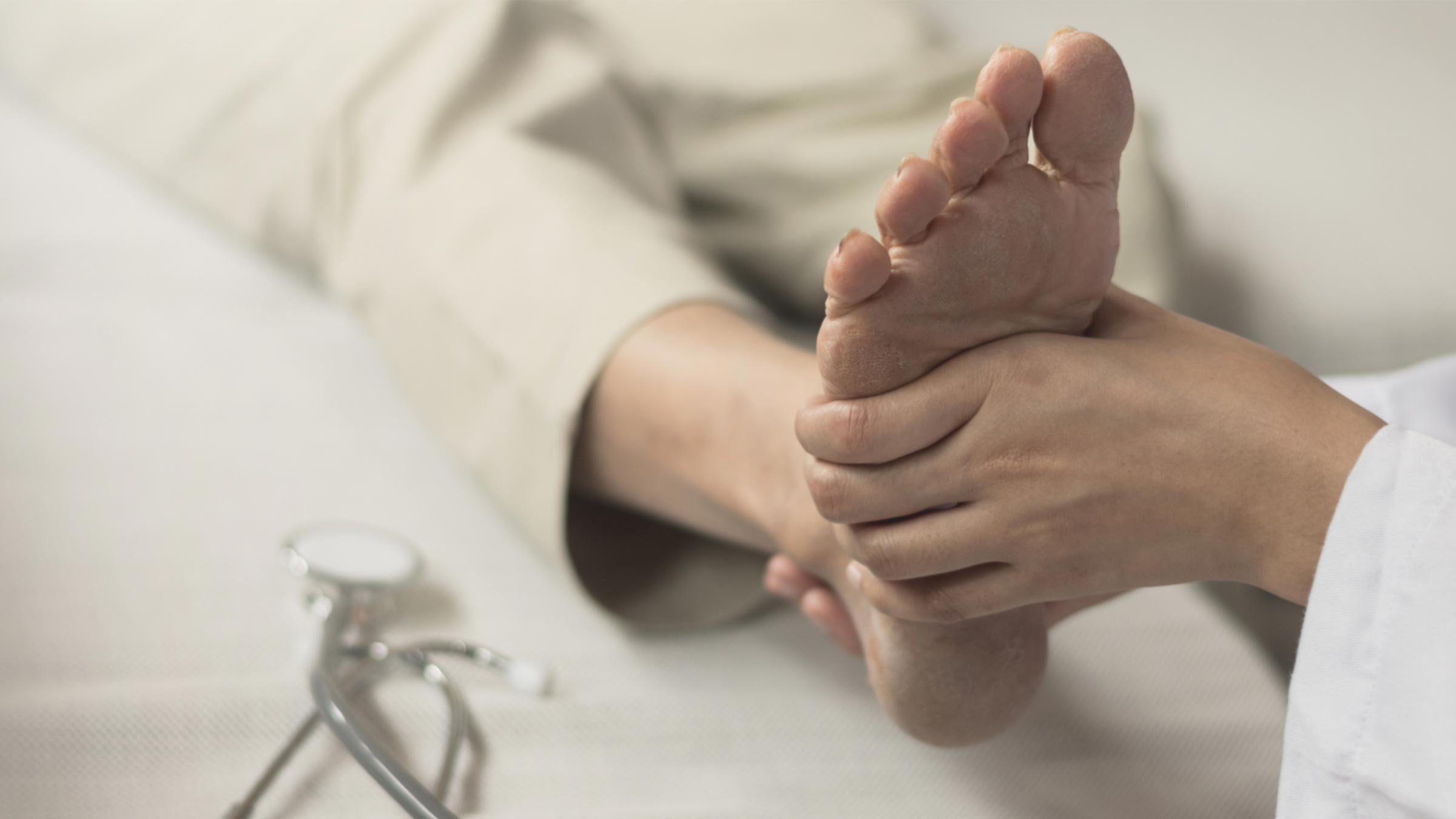
Bone spurs are often hard, painful bumps near joints. They can appear on your spine, shoulders, hands, hips, knees and feet. The bumps can form when your body is trying to repair itself by building extra bone. But rather than helping, that extra bone can cause pain if it presses on another bone or rubs against soft tissues such as ligaments, tendons or nerves.
What causes bone spurs?
The most common way bone spurs occur is wear and tear a joint between two bones. As the joint wears out, the body builds extra bone around the joint which can rub on surrounding bones and nerves. Sometimes a tendon pulls on a bone over time, and the bone responds by making more bone that irritates the tendon. This is common for the back of the heel, the Achilles tendon. The reason for the formation of bone spurs vary.
They can include aging and extra pressure on your joints if you’re overweight. Sometimes bone spurs occur in response to tight ligaments in your feet from activities including dancing and running that put stress on your feet or even poorly fitting shoes.
What can you do to prevent them from forming?
Most bone spurs can’t be avoided, as they arise from joints wearing out over a long period of time. If a bone spur is caused by conditions such as rheumatoid arthritis, gout, psoriasis or other autoimmune diseases you should see a rheumatologist. A rheumatologist can prescribe medications to prevent joint destruction.
How do you know if you have bone spurs?
Some people have bone spurs without knowing it. That’s because many bone spurs cause no symptoms. However, if bone spurs press on other bones or tissues, it can lead to swelling, pain and tearing. The pain will vary between patients, but commonly it’s a hard bump near a joint that has been sore or painful for a very long time. It is difficult to tell if you have a bone spur or not without taking X-rays. If you have a painful hard bump near a joint, you should have your physician evaluate it further and they may consider ordering an X-ray to determine what it is.
What are some of the treatment options?
All bone spurs are not created equal. After you have been diagnosed with a bone spur, your primary care provider may send you to see an orthopedic surgeon like me who specializes in bone and joints. That orthopedic surgeon will evaluate your X-rays and work with you to determine the best customized treatment plan for you.
In most cases, the initial recommendation involves rest, ice, compression and elevation, known as (R.I.C.E), as well as possible anti-inflammatory medications. They may also prescribe braces and possibly therapy to strengthen the muscles around the joint.
If a bone spur is in your foot, wearing supportive footwear or adding a shoe insert such as a heel cup or orthotic could help. If the bone spur is causing corns or calluses, padding the area or wearing different shoes can help.
Sometimes a corticosteroid injection is administered to reduce pain and inflammation of the soft tissues next to a bone spur.
Are natural treatments using ingredients such as coconut oil or Epsom salt effective?
Some patients may want to try natural or organic measures to treat their bone spur. In these cases massage may help, and various topical creams and soaks. Any natural medications should be discussed with your physician as they may interact with your normal medications or have unknown side effects like increased bleeding.
At what point should you consider surgery?
If your bone spurs become too painful or limit motion, your orthopedic surgeon may recommend surgery to remove them or even possibly a joint replacement.
As an orthopedic foot and ankle surgeon, I often see bone spurs that cause pain in the Achilles tendon. Spurs in that location interfere with shoes and cause severe heel pain. If these bone spurs don’t get better with less invasive treatments, I remove them which can provide a lot of pain relief.

Ready to stop the pain?
Schedule an appointment with one of our orthopedic experts.
Get started




